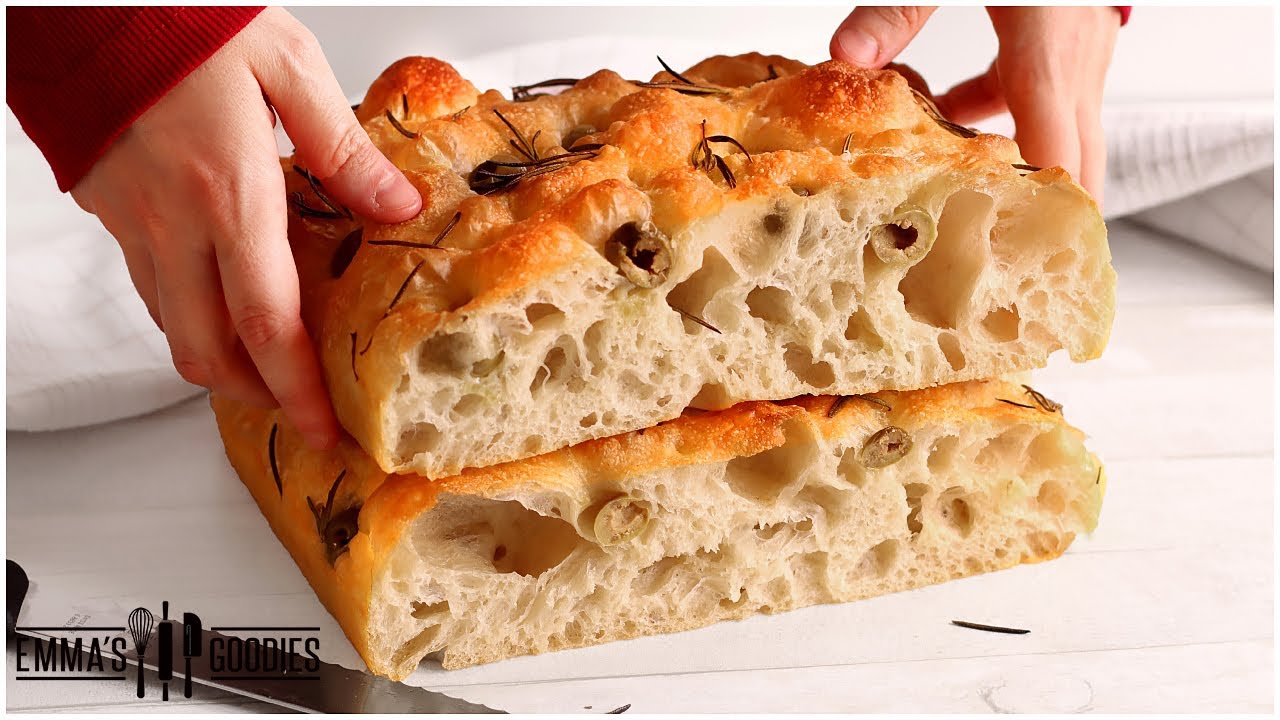Softest Soft Bread with Air Pockets: Easy Bread Machine Recipe
Understanding the features of a bread machine can significantly improve your ability to produce soft and airy bread. Key features to consider include:
Dough Cycle
The dough cycle is crucial for achieving the right consistency. This cycle kneads the ingredients and allows the dough to rise properly, ensuring it develops the necessary gluten network. Select a machine with a dedicated dough cycle to maintain optimal texture.
Customizable Settings
Customizable settings let you tweak baking times, temperatures, and other parameters. Adjusting these variables can help result in softer bread with well-formed air pockets. Look for machines with options to customize kneading and rising times under different conditions.
Pre-Programmed Functions
Pre-programmed functions for various bread types, such as white bread or whole wheat, simplify the baking process. These functions are optimized for achieving the best texture and softness for each specific recipe. Choosing a machine with versatile pre-programmed settings can cater to multiple types of bread and enhance your baking experience.
Delay Timer
A delay timer enables you to set the machine to start the baking process at a later time. This feature helps in managing when the bread will be ready while giving the dough ample time to rest and rise, which contributes to the bread’s softness.
Keep Warm Function
The keep warm function maintains the bread’s temperature without over-baking it. This feature ensures the loaf stays fresh and soft until you’re ready to enjoy it. Machines with a reliable keep warm setting are ideal for preserving the bread’s texture.
Non-Stick Pan
A non-stick pan facilitates easy removal of the bread and simplifies the cleanup process. This feature not only ensures the bread retains its shape and texture but also prevents sticking, which can damage the loaf and affect softness.
Viewing Window
A viewing window allows you to monitor the baking progress without disrupting the process. Being able to see the dough rise and bake can help you make real-time adjustments if needed, ensuring the bread remains soft and airy.
Power Backup
Power backup ensures the bread machine resumes the baking process uninterrupted in the event of a power outage. This feature is essential for maintaining the consistency and softness of your bread during unforeseen power issues.
Optimizing these features in your bread machine will enhance your ability to bake soft, airy bread consistently.
Key Ingredients for the Softest Bread
Choosing the Right Flour
Selecting the right flour significantly impacts bread texture. Bread flour, containing higher protein (12-14%), enhances gluten development which contributes to a chewier crumb. All-purpose flour works for soft bread but may result in a less structured texture. For softer outcomes, look for flour brands enriched with malted barley flour and ascorbic acid. These additives enhance yeast activity and dough elasticity.
Importance of Liquid Ingredients
Liquid ingredients dictate hydration and the final bread texture. Water is a basic component, but milk or buttermilk adds richness, enhancing tenderness. Milk increases dough elasticity due to its protein content. Eggs, another crucial liquid, introduce fats and lecithin, improving crumb softness and adding color. Use fresh ingredients to maintain consistent hydration and fermentation for airy pockets.
Step-by-Step Guide to Making Soft Bread With Air Pockets
Preparing the Dough
Measure the dry ingredients precisely. Use a digital scale to ensure accuracy. For two cups of flour, weigh 240 grams. Choose high-protein flour to promote gluten development. Add one teaspoon of salt for structure and flavor. Use active dry yeast for effective fermentation. Add one tablespoon of sugar to feed the yeast.
Incorporate liquid ingredients at room temperature. Use 240 milliliters of warm milk for a tender crumb. Add one large egg for richness and color. Include two tablespoons of melted butter for softness. Use fresh ingredients to prevent spoilage and inconsistent results.
Mix the ingredients thoroughly. Blend the dry and wet ingredients until you achieve a uniformly moist dough. Avoid overmixing to prevent tough bread. Allow the dough to rest for 10-15 minutes before starting the machine to ensure proper hydration.
Setting the Bread Machine
Select the appropriate program. Use the dough cycle to ensure thorough kneading and rising. This process typically takes about 1.5 hours. Customize settings for your specific recipe. Adjust the kneading time to develop gluten adequately. Opt for longer rising times for better air pockets.
Set the desired crust color. Choose a light crust setting for a softer exterior. Use the delay timer if needed. This allows you to schedule the baking process, ensuring fresh bread at a convenient time. Engage the keep-warm function to prevent condensation and maintain softness.
Preheat the machine briefly. Some machines recommend a brief preheat cycle for optimal results. Monitor the dough’s progress through the viewing window. Ensure consistent hydration and proper mixing. Use the power backup feature if available. This ensures continuity in case of power interruptions.
Troubleshooting Common Bread Machine Issues
Dough Too Sticky or Too Dry
Balancing dough consistency is crucial for achieving soft bread with air pockets. If dough is too sticky, reduce the liquid by 1 tablespoon at a time. Common causes of sticky dough include too much water, warm environments, or using low-protein flour. On the other hand, if dough is too dry, add water in small increments. Dry dough often results from too much flour, inadequate mixing, or low humidity. Proper consistency ensures the dough kneads effectively, attaining ideal elasticity and texture.
Bread Not Rising Properly
Proper rising is essential for soft bread with air pockets. Insufficient rise may indicate issues with the yeast. Ensure yeast isn’t expired and use active dry yeast at room temperature. Avoid direct contact with salt when adding ingredients, as salt inhibits yeast activity. Adjust rising time for different ambient temperatures. Cooler environments may need extended rising times, while warmer settings may shorten it. Monitoring these factors helps achieve optimal dough expansion.
Additional Tips for Perfect Soft Bread Every Time
Using Additives for Enhancing Texture
Additives can significantly improve bread texture. Vital wheat gluten boosts dough elasticity. Use 1 tablespoon per cup of flour. Dough conditioners, like ascorbic acid, improve crumb texture. Add 1/8 teaspoon per loaf. Lecithin and nonfat dry milk create a tender crumb. Add 2 tablespoons of either per loaf.
Timing Tips for Bread Machine Cycles
Timing impacts bread quality. Start with the dough cycle; this optimizes kneading. Allow dough to rise twice for better air pockets. Use the delay timer to control baking time. Enjoy fresh bread anytime. Use the keep-warm function to maintain softness. Preheat the bread machine if your model supports it. This ensures even rising and baking. Monitor progress through the viewing window, especially during the first kneading phase. Adjust settings as needed to perfect the dough.
Conclusion
Mastering the art of making soft bread with perfect air pockets using your bread machine is simpler than you might think. By following the detailed steps and tips provided, you can achieve bakery-quality results right at home. Remember to measure ingredients precisely, use the right settings, and monitor the dough’s progress. With the right techniques and a bit of practice, you’ll be enjoying soft, fluffy bread that impresses every time. Happy baking!






